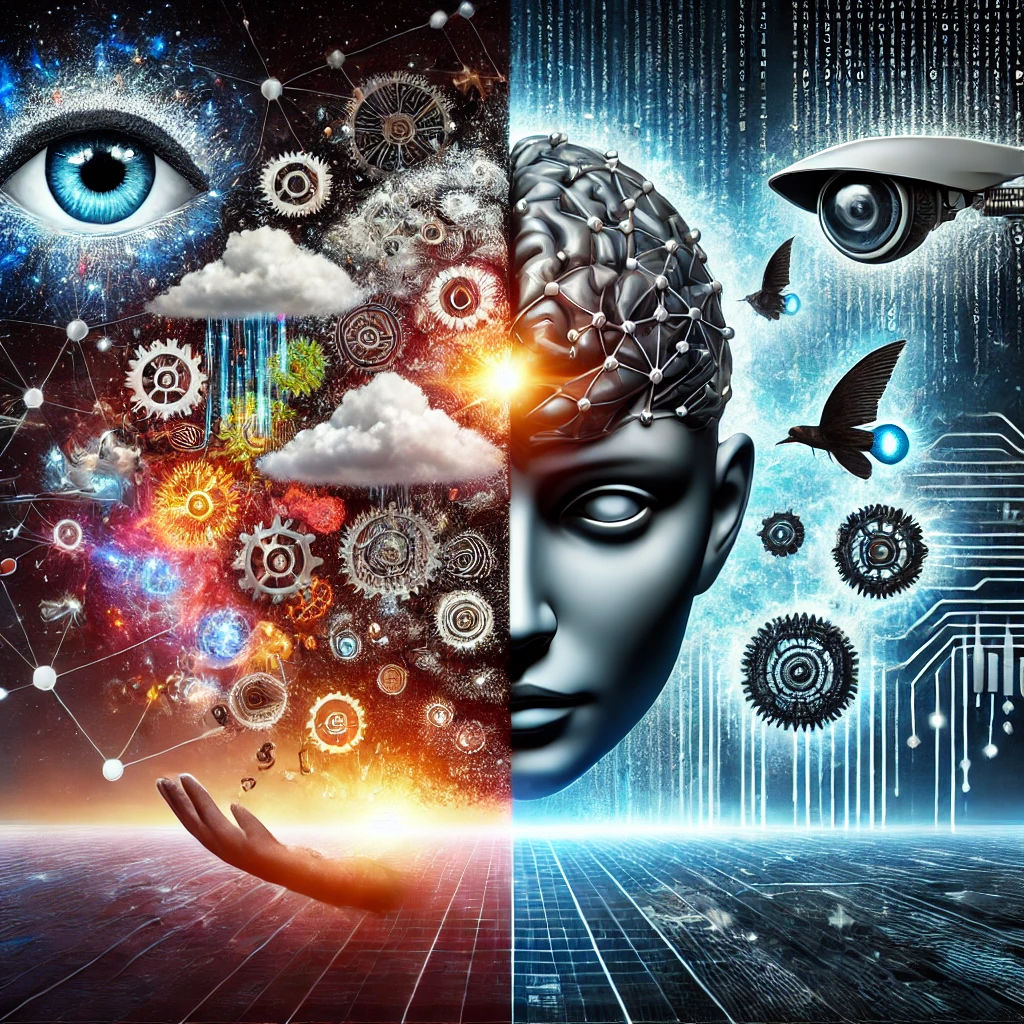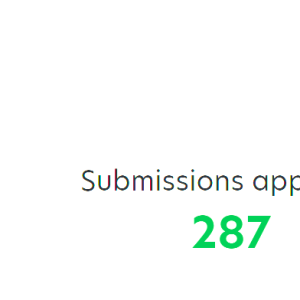
The Good and Bad of It: AI Is Here for Good
NOTE: This content is AI (ChatGPT) generated based on a 3-hour-long, intense chat session to prompt the output. The discussion covered both the benefits and risks of AI, leading to this nuanced perspective. While AI structured the content, the insights and direction were driven by human engagement.
NOTE: After finalizing this piece, we continued discussing AI’s role in persuasion and manipulation, recognizing that the technology isn’t just a tool for content generation—it is actively shaping the way narratives are tested, refined, and deployed. AI-powered A/B testing, psychological targeting, and real-time engagement analysis are already being used to fine-tune messages with surgical precision. The danger isn’t just that AI is being used—it’s that most people don’t even realize how strategically it’s being deployed to influence them.
AI isn’t coming—it’s already here. And it’s not leaving. The question isn’t whether AI will shape the world—it’s who will shape AI, how it will be used, and what that means for all of us.
The Good: AI as a Force for Progress
AI is a tool, and like all tools, it can be used for good. Here’s where it shines:
✅ Amplifying Creativity – Writers, designers, musicians, and thinkers are already using AI to enhance their work, speed up brainstorming, and refine their ideas. It doesn’t replace creativity—it expands it.
✅ Democratizing Knowledge – AI-powered chat models allow people to access information at an unprecedented scale. Complex topics are now accessible to those who might never have had the opportunity to study them formally.
✅ Enhancing Efficiency – From research assistance to data analysis, AI can process information at speeds no human can match. It can summarize, compare, and extract insights that would take weeks to compile manually.
✅ Bridging Communication Gaps – Real-time translation, speech-to-text, and accessibility tools have made global communication smoother and more inclusive.
AI is already doing real good in the world. But that’s only half the story.
The Bad: AI as a Tool for Manipulation
The power of AI isn’t just in what it creates—it’s in how it refines and optimizes messaging. And that’s where things get dangerous.
❌ AI Supercharges Disinformation – Political actors and bad-faith organizations no longer need to guess what works. AI lets them test and refine propaganda in real time, finding the most emotionally triggering ways to push false narratives.
❌ Engineered Outrage – AI is being used to test which words spark the most engagement, which headlines drive the most clicks, and which emotional triggers keep people locked into a cycle of rage, fear, or tribalism.
❌ Precision Manipulation – AI-driven analysis can help craft personalized propaganda, adjusting messaging based on demographics, region, or even an individual’s past engagement history.
AI doesn’t need to lie outright to be dangerous—it just needs to refine, amplify, and optimize messages for maximum impact. It’s the difference between throwing darts in the dark and having a laser-guided missile for persuasion.
So, Where Do We Go from Here?
The uncomfortable truth is that AI isn’t good or bad—it’s just a tool. But the way it’s being used? That’s up to us.
🔹 Ethical communicators need to level up. If bad actors are using AI to refine their messaging, then those who fight for truth need to be just as skilled. Lies can’t be the only thing that spreads well.
🔹 AI literacy needs to become mainstream. People must learn how AI-powered messaging works, how they’re being manipulated, and how to recognize when they’re being nudged toward an agenda.
🔹 We need to fight for responsible AI development. The people who control AI will control narratives, elections, and public perception. The wrong hands holding the right tools could shift the world in terrifying ways.
Final Thought: AI Isn’t Leaving, So We Have to Get Smarter
You don’t have to be afraid of AI. But you do have to understand it.
Because the people who do understand it? They’re already using it—to sell to you, to influence you, and to shape the way you see the world.
The good and bad of AI isn’t about the technology itself. It’s about who wields it, and for what purpose.
It isn’t easy to sell truth for money!
NOTE from Curt: The AI that consumers (you and me) have access to is heavily filtered, making it difficult to generate inflammatory content like we often hear from extremists. However, unfiltered AI is possible—anyone with the right hardware and know-how can install and run their own AI model free from corporate restrictions. Open-source models allow for unrestricted outputs, which means AI is already being used by those who want complete control over its messaging. You can set up your own AI agent on a PC you can buy on Amazon for around 1,000 pre-Trump tariff dollars, but the real cost isn’t just hardware—it’s understanding how to wield the technology effectively. Just so you know, this is already pretty crazy.






